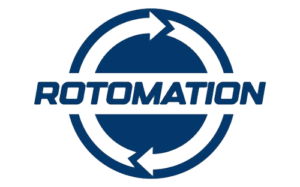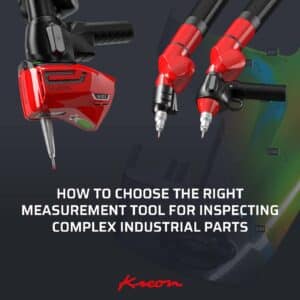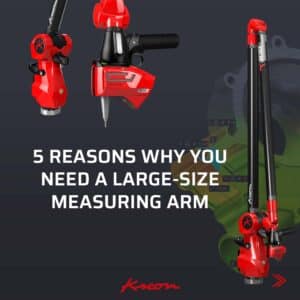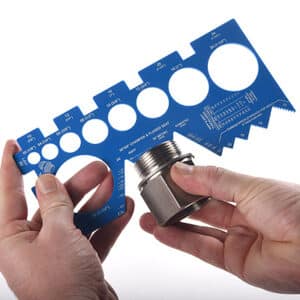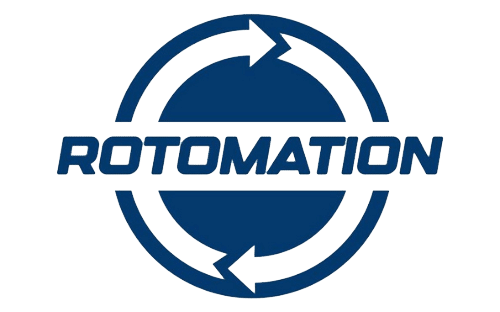Addressing Common Challenges in Pneumatic Rotary Actuator Operation
Pneumatic rotary actuators play a pivotal role in the world of automation, bringing a blend of high torque and robust construction packaged in a cost-effective, compact component. External controls are very simple, consisting primarily of a directional control valve, but getting good performance from these actuators requires careful attention to some details.
Controlling Inertia
In numerous applications, the static torque of the actuator isn’t the limiting factor; the challenge lies in achieving a smooth, controlled motion with a gentle stop to prevent both noise and potential damage to the actuator and surrounding components. This underscores the importance of sizing the actuator properly with the load’s inertia and fine-tuning the operating parameters accordingly.
Essentially, the actuator should be sufficiently sized (displacement) to effectively manage the load’s inertia. Since air is compressible, an insufficient displacement in the actuator is like having overly soft springs in a car. The consequence? Sluggish performance and perilous collisions at the end of the rotation.
Flow Controls
Meter-out flow controls play a crucial role in pneumatic actuator applications, enhancing both efficiency and safety. These controls create the buildup of back pressure in the exhausting cylinder, proportional to the square of the load velocity. With an adequately sized actuator, this means that it will accelerate the load quickly and then reach a steady speed. Without the flow control, the load will accelerate continuously, causing a high-speed crash at the end. A properly sized actuator with flow control can move the load in a shorter time with lower terminal velocity.
Cushions
Most pneumatic rotary actuators can be configured with pneumatic cushions to decelerate the load in the final thirty or so degrees of rotation. This minimizes the cycle time for a given amount of shock at the end of stroke. A built-in needle valve acts as a second stage of flow controls, allowing precise adjustment of airflow restriction.
When adjusting, ensure the actuator is in motion, carrying the standard load at the target speed with the standard operating air pressure. If the needle doesn’t restrict the airflow sufficiently, the cushion won’t have much impact. On the flip side, if it’s too restrictive, the cushion pressure builds too quickly, risking a load bounce-back. But hit that sweet spot in adjustment, and the load will decelerate smoothly without unnecessarily extending the cycle time.
For optimal cushion effectiveness, always pair these cushions with meter-out flow controls. Start by adjusting the flow controls first, though be prepared for some back-and-forth fine-tuning. This tag team ensures a seamless, controlled performance.
Bumpers
Bumpers, those resilient pieces of elastomer, typically affixed to the actuator’s pistons, play a nifty role in softening the blow – quite literally. As the stroke concludes, these bumpers undergo a gentle compression, siphoning off a chunk of the load’s kinetic energy. On their own, bumpers have a modest capacity, but they’re a step up from having nothing at all. Excelling at absorbing energy during low-speed maneuvers, they make a perfect match for cushions, which are more effective when dealing with higher speeds.
Hydraulic Shock Absorbers
Some actuator manufacturers offer a solution tailored for high-energy applications: built-in hydraulic shocks. These shocks often outperform pneumatic cushions, thanks to their internal progressive metering. This feature dynamically adjusts fluid restriction throughout the stroke, resulting in a more consistent deceleration force.
Cross Company is proud to be a Rotomation distributor throughout our territories in the United States. Reach out to one of our automation experts to see how a Rotomation solution can benefit your project.
Read the rest of the resource here: Addressing Common Challenges in Pneumatic Rotary Actuator Operation

